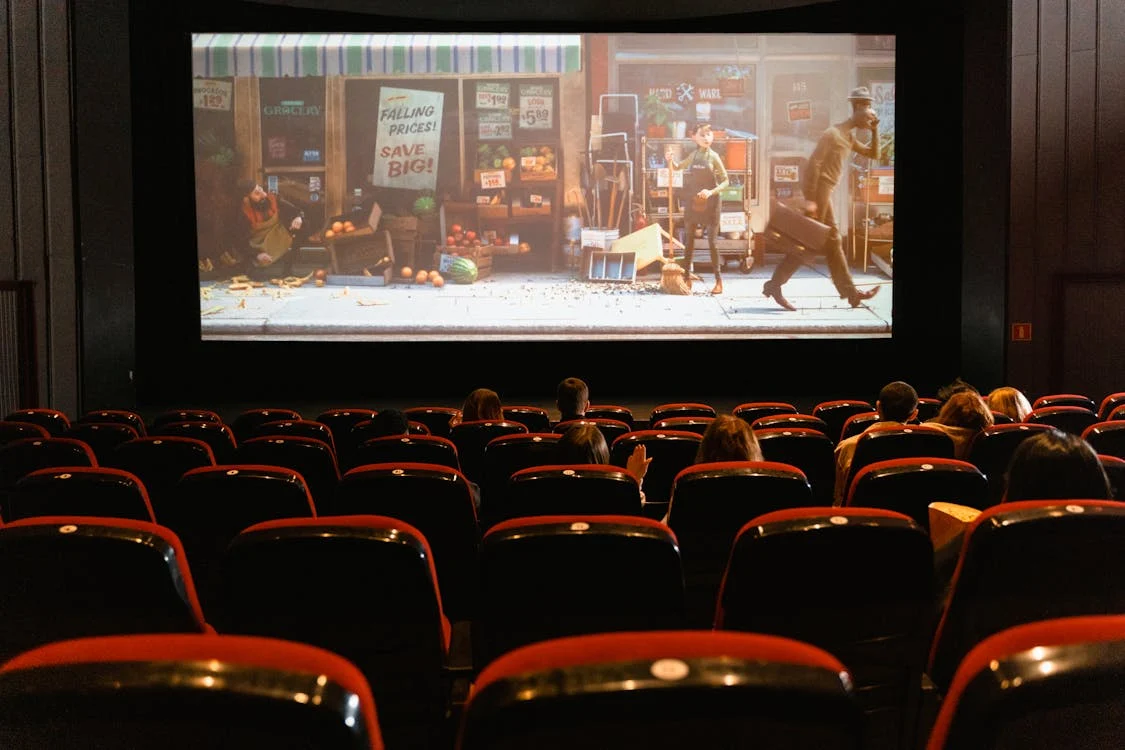Born John Lee Curtis Williamson on March 30, 1914 Sonny Boy Williamson was an American blues harmonica player and singer, and the first to use the name Sonny Boy Williamson.
His original recordings were considered to be in the country blues style, but he soon demonstrated skill at making harmonica a lead instrument for the blues, and popularized it for the first time in a more urban blues setting. He has been called “the father of modern blues harp” and in 1934 settled in Chicago.
His name was synonymous with the blues harmonica for the next decade.
Well-known recordings of his include “Good Morning School Girl” “Sugar Mama Blues”, “Shake the Boogie”, “You Better Cut That Out”, “Sloppy Drunk”, “Early in the Morning” and “Stop Breaking Down” and “Hoodoo Hoodoo” aka “Hoodoo Man Blues”.
Williamson’s style influenced a large number of blues harmonica performers, including Billy Boy Arnold, Junior Wells, Sonny Terry, and Little Walter, among many others. He was the most widely heard and influential blues harmonica player of his generation. His music was also influential on many of his non-harmonica playing contemporaries and successors, including Muddy Waters (who had played guitar with Williamson in the mid-1940s) and Jimmy Rogers
He was popular enough that by the 1940s, another blues harp player, Aleck/Alex “Rice” Miller, from Mississippi, began also using the name Sonny Boy Williamson. John Lee is said to have objected to this, though no legal action took place, possibly due to the fact that Miller did not release any records during Williamson’s lifetime, and that Williamson played mainly around the Chicago area, while Miller seldom ventured beyond the Mississippi Delta region until after Williamson’s death.
Williamson recorded prolifically both as a bandleader and a sideman over the entire course of his career,
Williamson’s final recording session took place in Chicago in December 1947,.
On June 1, 1948, John Lee Williamson was killed in a robbery on Chicago’s South Side, as he walked home from a performance just a block and a half away from his home.
A Tennessee historical marker, placed in 1991, indicates the place of his birth and describes his influence on blues music.
Source: Wikipedia































